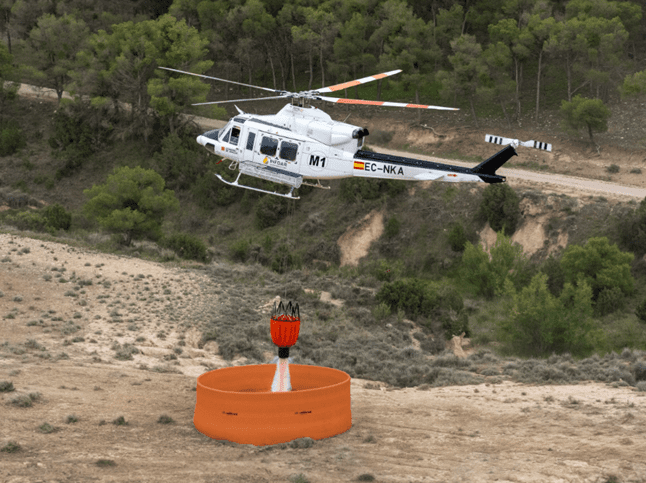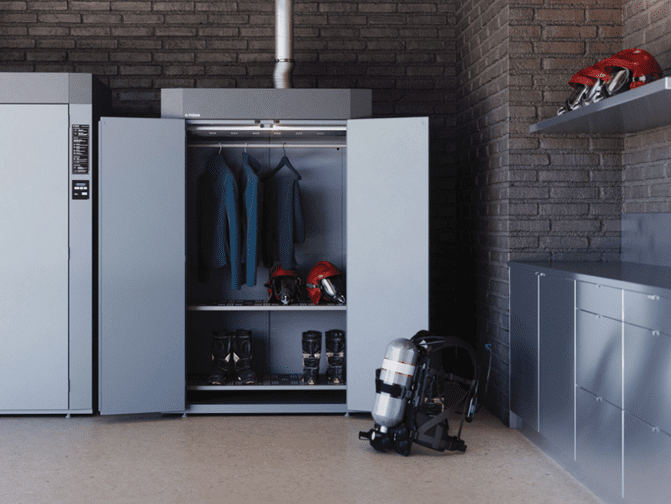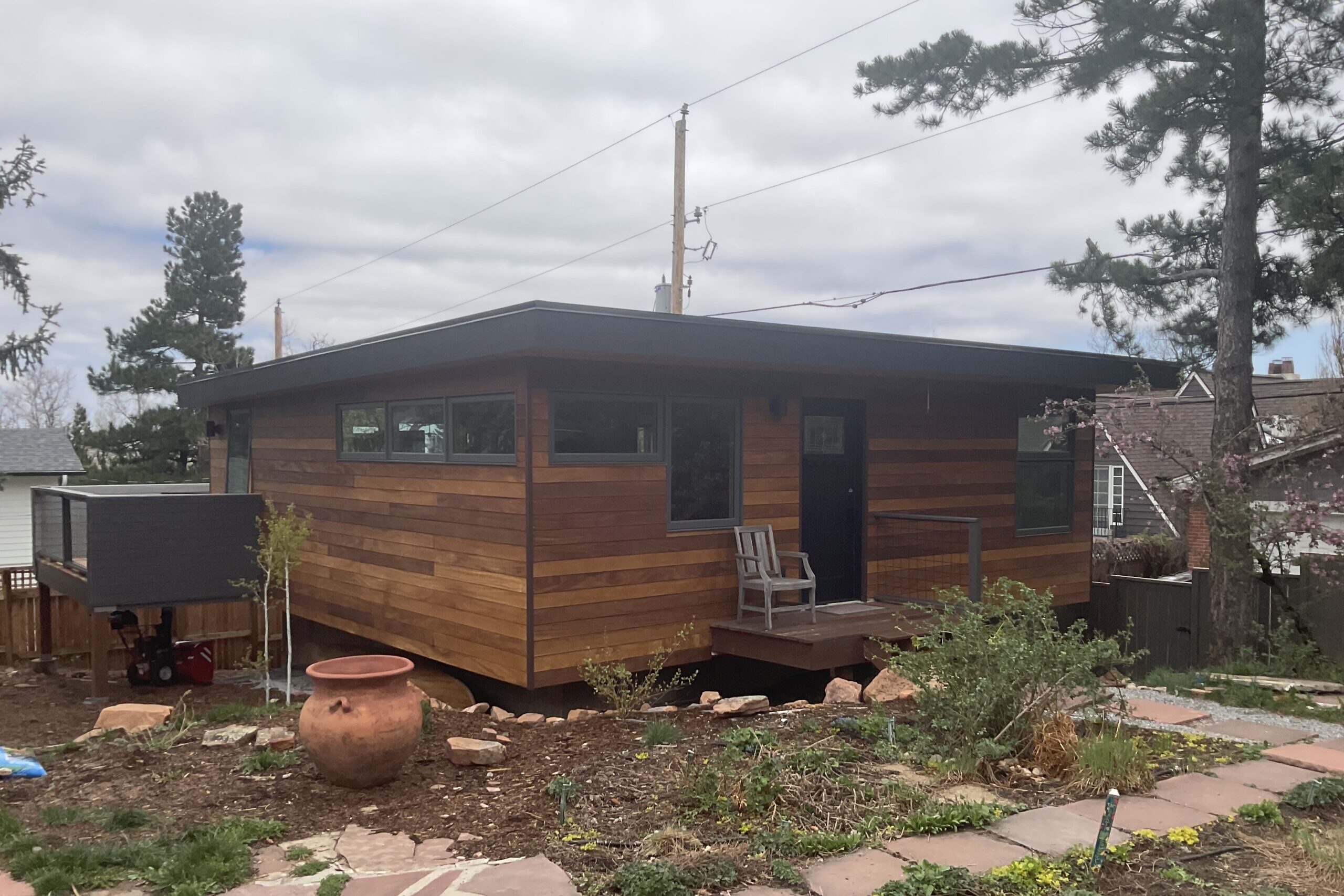Tim Banner examines the fire considerations on North Sea oil and gas facilities, and the latest developments in fire protection technology
The North Sea is one of the world’s most developed oil basins. Hydrocarbons have been produced from the North Sea since the 1970s and the region leads the global offshore industry in terms of oil and gas production and export infrastructures, technical skill base and, most importantly, safety record.
However, the drawback of such development is that most of the area’s largest oil and gas fields are now in decline and new discoveries are usually technically challenging and marginal in terms of volume. Even the more optimistic estimates of the remaining volumes of hydrocarbons in place estimate that roughly 70% of the recoverable UK sector oil has been produced. The same figure for Norwegian sector oil is estimated at roughly 50%.
Because of this, it is not usually economic to commission new, dedicated offshore facilities to produce from these newly discovered yet marginal fields. Therefore, it is becoming increasingly important to make use of existing infrastructure in order to exploit new discoveries and maintain production levels. A common method of doing this is to tie new discoveries back to existing facilities, where the produced hydrocarbons can be processed and exported to shore.
This can represent significant challenges in terms of subsea engineering, processing capacity aboard the host facilities, structural integrity of older platforms and the safety implications of extending existing processes.
Fire protection technology has a vital role to play in extending the life of existing assets and thereby maximising the production potential of the remaining North Sea oil and gas fields. Whenever extending a process beyond its original design it is vital that the firewater system is upgraded accordingly.
A typical fire protection system aboard an offshore rig can be described as a pipework circuit (called a ringmain) with water being driven around this circuit by a firewater circulation pump. At certain points, the circuit branches off from the ringmain to cover the various areas of the facility; flow to these branches is controlled by deluge valves, which in turn are linked to fire detectors. These branches network out to a series of deluge nozzles, which cover the platform area with a spray of protective water in the event of a fire.
Under normal operation (without a fire), these deluge valves stay closed and the water circles around the ringmain loop. However, should the sensors detect a fire they send a signal to the deluge valves to open in the relevant area. This causes water to flow down the branches and out through the deluge nozzles. In turn, this causes the pressure in the ringmain to drop, which is measured by a series of pressures gauges fitted to the ringmain. These gauges are connected to a seawater lift pump, which responds the pressure drop in the ringmain by raising water from the sea to provide a continuous water supply with which to fight the fire.
Extending existing processes often means extra deck space, which must be covered by extending the fire protection system. In addition, these extra modules can increase the water demands of the system in the event of a fire. Both of these aspects put additional strain on the firewater pumps that drive the system and the performance of the existing system must be assessed before oil and gas production can be enhanced.
There are certain considerations that influence the design of an extension to an existing firewater system :
How does the extension physically fit into the existing facilities?
Space matters aboard an offshore oil and gas facility. Deck space is limited yet must accommodate the main processes for oil, gas and water treatment as well as the various utility systems: Steam, coolant, electrical systems, fire protection and so on. Therefore, effective piping engineering is essential to physically integrate the extensions within the space available. In addition, the points where the extensions tie-in to the original fire protection system must be carefully selected to ensure that they are accessible for modification work as well as viable from a hydraulic performance perspective (more on that later).
How does the extension integrate with the existing control system?
As mentioned earlier, the performance of the system is dependent on a series of sensors and control valves. When selecting these elements for the extensions it is vital to choose parts that are compatible with the existing control system. Since these modifications often involve mature assets, in some cases the original manufacturers no longer exist. Therefore, careful consideration must be given to whether new parts will work within older systems and whether certain older parts should be replaced to accommodate the changes, if necessary.
What are the additional fire water requirements associated with the extended system?
In effect, how much additional water will be required to cover the extra deck space? This is generally based on how much additional deck area must be covered and is also dependent on the type of deluge nozzles, how much water can be supplied to each nozzle and the pressure at which this water can be supplied. Nozzles have a typical spray pattern that is dependent on the flow rate and pressure of the supplied water. Each nozzle has a minimum requirement for water rate and pressure; if these minimum specifications are met then the nozzle can effectively distribute water over a certain area and protect it from fire. The total requirements for water flow rate and pressure can be established by considering the total number of nozzles required to cover a given area and the minimum flow rate and pressure required for each nozzle.
How does the extension affect the hydraulic performance of the existing system?
For the extensions to work, they must be hydraulically viable. The system must be capable of delivering water to the nozzles at the required flow rates and pressures. This capability is determined by the performance of the pump that drives the system, the diameters of the pipework that distribute the water and the elevations to which the water must be supplied. Extensions to fire water systems will involve increased loads of water, which reduce the discharge pressure from the pump. This can result in the pump being unable to supply water to the nozzles at the required pressure. Pipework of adequate diameter must also be selected since undersized pipework will result in greater resistance through the system putting additional strain on the pump.
Xodus Group offer engineering consultancy services to help clients address these considerations and design safe and effective systems. Xodus Group is an international oil and gas consultancy with hub offices in London, Houston, Dubai, Lagos, The Hague and Perth and their corporate headquarters in Aberdeen. The company specialises in field development, integrated design projects, asset support and management consultancy.
In 2009, one of Xodus Group’s major North Sea clients faced the challenges of extending an existing firewater system. Having recently discovered a new offshore field, the client wanted to investigate the possibility of hosting the produced hydrocarbons from the new field aboard an existing platform. The existing facility was a fixed platform originally commissioned in 1979 and was originally operated and owned by Shell. In 2008, the client acquired the facility with the objective of extending its productivity.
Production from the facility had peaked in the 1990s and at the time of the acquisition the facility was used as a pumping station, gathering hydrocarbons produced by other facilities in the area and exporting them for sale using the powerful onboard oil export pumps and gas export compressors. The clientís ambition for the platform was to reinstate it as a major production facility, making use of the still robust equipment by tying-in new discoveries.
Producing the hydrocarbons from the newly discovered field aboard the platform meant adding extra processing modules. The designs for the upgraded process included the addition of a wax inhibitor package, methanol skid and fast loop sampling system. The modifications to the existing firewater system involved identifying suitable tie-in points for the extensions, designing an appropriate pipe network to distribute firewater and selecting the appropriate deluge vales, detectors and deluge nozzles. These modifications were engineered by a third party, with Xodus Group contracted to independently verify the hydraulic performance of the design.
The hydraulic performance of the system was verified using Pipenet simulation software. A simulation of the existing system was developed which replicated the physical details of the existing pipe work: Length, diameter and configuration. The simulation also included the materials of the original pipe since the interior
roughness of the piping has an effect on the pressure drop. In addition, the performance of the circulation pump, deluge valves and nozzles was also included in the simulation.
Bench-marking the simulation
The first step was to create a simulation that accurately modelled the performance of the existing system and could be benchmarked against test data. The performance of the model was assessed on the basis of various fire scenarios, which simulated fires in certain areas of the platform, with the deluge valves to those areas open whilst the valves to the unaffected area remained closed. These scenarios were generated by the technical safety department of the client company and were generally based on fire events in two remote areas of the facility.
The sum of the flow requirements for each nozzle involved in the scenario gave the total flow rate of firewater the system had to supply. The simulation used the pump performance data to calculate what the discharge pressure from the pump would be at the total flow rate. Then, the simulation used the piping details to calculate the pressure losses and flow rates through the system up to the deluge nozzles. This data represents the performance of the system in the event of a fire in the areas included in the scenario.
Real test data was available to compare against the simulated data and thereby confirm the accuracy of the simulation. If the simulation data closely matched the test data its performance was deemed to be accurate whilst if there were significant differences between the two sets of data the simulation inputs had to be checked. Eventually, an accurate simulation was developed and was taken forward to assess the hydraulic performance of the extensions.
Hydraulic verification of the extensions
The third party piping engineering contractor provided Xodus Group with full details of the extensions; tie-in points, physical dimensions, routing and material selection. These modifications were then incorporated into the benchmarked model. The technical safety division of the client company provided Xodus Group with updated fire scenarios that simulated a fire in the extended areas. These scenarios were simulated by the extended model, which provided results, which were used to assess the systemís performance.
The results were displayed as water flow rates and pressures at each nozzle and were compared with each nozzleís specific requirements. As well as giving actual rates and pressures, the Pipenet simulation gave a figure for the percentage of the flow rate and pressure versus the target (with 100% matching the target exactly, whilst 50% and 150% falling short and exceeding the target, respectively.) If the supplied rates and pressures were less than the requirements it was concluded that the system would not be capable of delivering the required performance and, therefore, changes to the design would be required.
Typically, these changes involved alterations to the piping design rather than the pump performance. Since the pump was already in place its performance could not be changed. Therefore, the diameters of sections of piping exhibiting high-pressure drops were changed to reduce the resistance and enable the pump to deliver higher rates of water. Similarly, the materials choice for the pipe work was generally fixed as carbon steel since this is usually the most economic choice. In theory, if a section of piping exhibits a high-pressure drop it is possible to reduce it by using a ìsmootherî material. However, this is not generally practical since the smooth section will be a different material to the pipe work surrounding it and, typically, more expensive.
The simulation also accounted for pressure drop across deluge valves. Deluge valves are typically open/closed type valves; they are either closed and allow zero flow to pass or are fully open allowing maximum flow. Even in the open position, deluge valves are responsible for a small pressure drop and, therefore, valve choice was also investigated when examining the hydraulic performance of the system. Again, however, pressure drop due to deluge valves is typically low when compared to undersized sections of pipe. Therefore, changing pipe diameters is the typical course of action when seeking to improve the hydraulic performance of a system.
The Pipenet simulation exercise raised a number of changes to the third partyís original design. Xodus Group produced a report that relayed these recommended changes back to the third party piping designer and were incorporated into a revised design. Xodus Group again verified the hydraulic performance of this revised design, and eventually a design was confirmed that would enable the system to deliver the required rates and pressures of water to the new modules whilst limiting the impact on the existing system. This verified design was taken forward into the fabrication and installation phase, ensuring a safe and productive future for the platform.
This case study provides a powerful example of how new design and simulation techniques can play a role in boosting the productivity of offshore oil and gas facilities as well as ensuring safe operation. Physical configuration, hydraulic performance, material selection and system control all have an influence upon the design of an effective fire protection system. By considering all of the relevant influences, fire protection design can play a role in maximising the resources of the North Sea whilst maintaining the regionís industry-leading record for health and safety.









